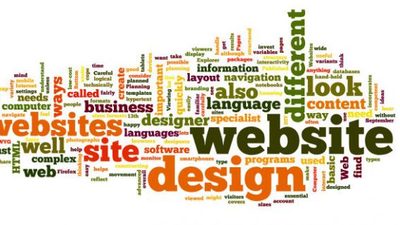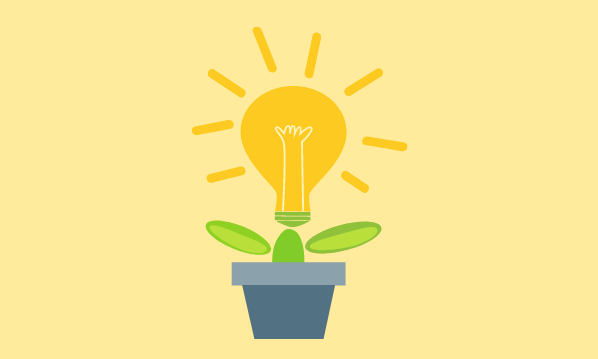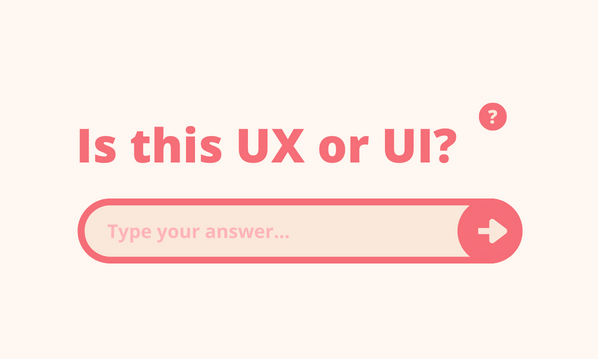
Web design covers not just the look and feel of a website, but also its overall structure – often called the navigation.
Planning is time well spent
It’s important to plan the content of your website carefully, and think about what you want it to do for your business. This will help you make the content of the site logical and easy to understand, so that visitors can find the information they need quickly.
Once the site is planned and you’re happy with the navigation, you can start thinking about the way the site should look. If you have a branding for your business, your site should reflect this.
You need to consider not just the way the pages look – colours, fonts, type sizes, photographs and so on – but also how consistent they are. Pages which have a familiar layout will be easier to navigate and more user-friendly.
Viewing websites in different ways
It’s important to remember that different web browsers (such as Internet Explorer and Firefox) handle websites in different ways. Your website design needs to take this into account.
Websites are also viewed in a wide variety of formats. Your website layout needs to look good on different computer types, monitor sizes/formats and display settings, as well as on mobile devices such as smartphones, notebooks and hand-held tablets.
Computer languages and software
The computer language used to design websites is structured to cope with all of these variables. The basic language is called hypertext markup language (HTML) and web designers use this, or variants of it, to create a website.
There are also more advanced languages powered by databases, which are used for very complex websites with lots of content, as well as specialist design programs which can add movement and interactivity to the site.
DIY or specialist designer?
It’s possible to design your own low-cost website. WYSIWYG (what you see is what you get) software packages – website design templates – allow you to create websites without knowing anything about HTML.
These programs are useful for constructing fairly basic websites, although unless you’re technically competent and have some website design ideas, it might be safer to invest in a professional designer for more complex sites.





